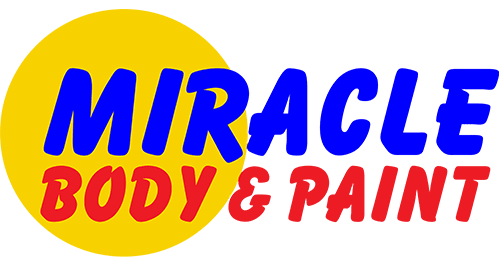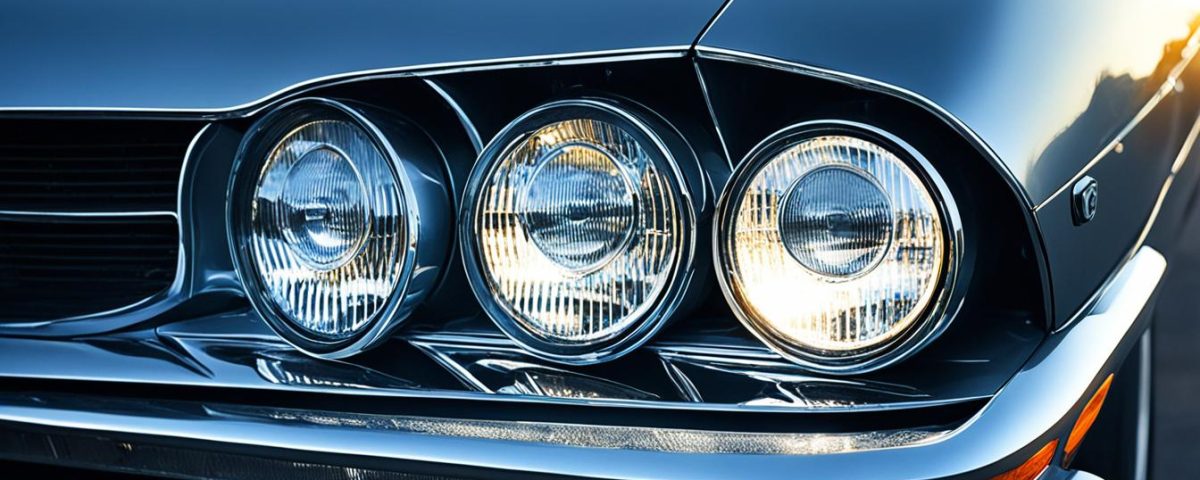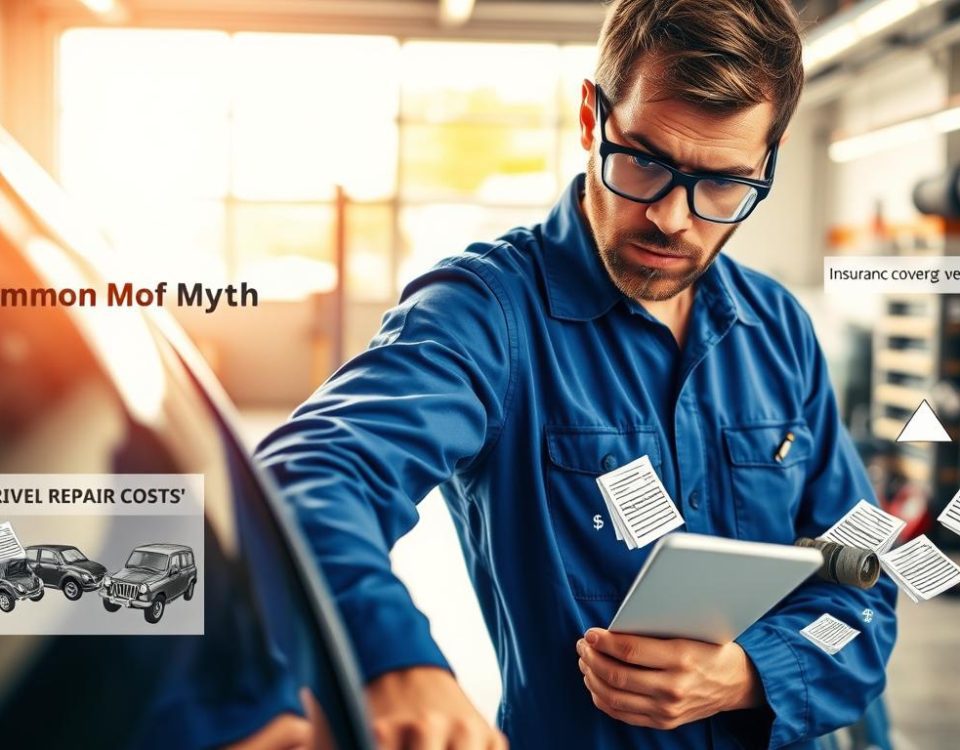
Effective Rust Repair Techniques to Restore Your Vehicle
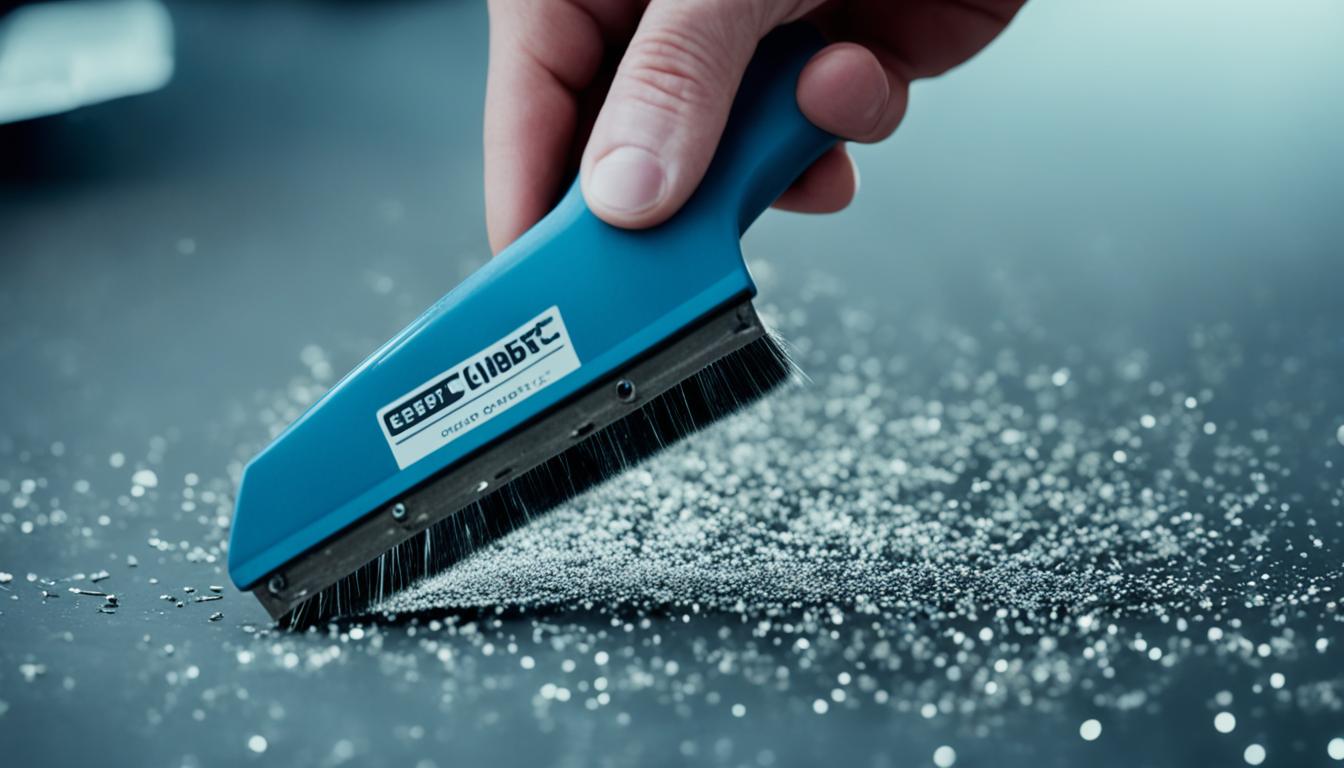
Quick and Effective Bumper Repair Solutions
Our car’s headlights are the eyes that guide us through the darkness, illuminating the road ahead and ensuring our safety on nighttime drives. However, over time, these essential components can become dim, cloudy, or even damaged, compromising visibility and putting us at risk. In this comprehensive guide, we’ll explore effective headlight restoration techniques and maintenance tips to revitalize your car’s headlights, restoring clarity and improving driving safety.
We’ll delve into the different types of headlights, from the standard halogen to the cutting-edge LED and HID/Xenon options, understanding their unique characteristics and how to best maintain them. Additionally, we’ll address common headlight issues, such as dimness, moisture buildup, and lens oxidation, and provide practical solutions to rectify these problems.
Whether you’re a seasoned DIY enthusiast or seeking professional assistance, this guide will equip you with the knowledge and skills to keep your car’s headlights shining brightly, ensuring you can navigate the roads with confidence and safety, even in the darkest of conditions.
Key Takeaways
- Headlights are crucial for safe nighttime driving, but they can deteriorate over time
- This guide covers effective headlight restoration techniques and maintenance tips
- Understand the different types of headlights and how to properly maintain them
- Learn how to address common headlight issues, such as dimness and lens oxidation
- Discover both DIY solutions and professional repair options for revitalizing your headlights
Importance of Clear Headlights for Safe Driving
Properly functioning headlights are essential for safe driving, particularly during nighttime or adverse weather conditions. Clear, bright headlights allow you to detect obstacles, pedestrians, and other hazards on the road more quickly, giving you the necessary reaction time to avoid accidents. This is crucial for nighttime driving safety.
In addition to improved headlight visibility, maintaining your vehicle’s headlights is also a legal requirement in most states. Regulations stipulate minimum luminosity and proper headlight alignment, which must be adhered to for compliance and to avoid penalties. Neglecting headlight maintenance can jeopardize your safety and that of others on the road, making it a critical aspect of responsible vehicle ownership.
Ensuring Visibility and Avoiding Accidents
- Bright, clear headlights enable you to spot potential hazards sooner, increasing your reaction time.
- Proper headlight function is especially crucial during nighttime, inclement weather, or low-visibility conditions.
- Maintaining headlight visibility is a key factor in preventing collisions and ensuring the safety of all road users.
Legal Requirements for Proper Headlight Function
- Most states have regulations regarding minimum headlight luminosity and correct headlight alignment.
- Failing to meet these legal headlight regulations can result in fines and other penalties.
- Responsible vehicle ownership requires keeping your headlights in proper working order to comply with the law and maintain driving safety.
Understanding Different Types of Headlights
When it comes to headlight technology, there are three main types used in modern vehicles: halogen, LED, and HID/Xenon. Understanding the unique characteristics of each can help you determine the appropriate maintenance and restoration needs for your car’s headlights.
Halogen Headlights: The Standard Option
Halogen headlights are the most common and cost-effective type of headlight technology. They utilize a tungsten filament sealed in a glass bulb filled with halogen gas. Halogen headlights tend to have a shorter lifespan compared to other options and emit a yellowish light, but they are a reliable and affordable choice for many car owners.
LED Headlights: Efficient and Long-Lasting
In recent years, LED headlights have gained popularity due to their impressive efficiency and longevity. LED, or light-emitting diode, technology produces a bright, white illumination that provides excellent visibility on the road. These headlights are known for their energy-saving properties and extended service life, making them an attractive option for many drivers.
HID/Xenon Headlights: Intense Illumination
HID (High-Intensity Discharge) or Xenon headlights offer the most intense lighting solution, emitting a bluish-white beam that provides exceptional visibility. These headlights use an electric arc to excite xenon gas, creating a powerful and focused light output. While HID/Xenon headlights deliver exceptional performance, they require specialized care and expertise to maintain.
Knowing the type of headlight technology your vehicle is equipped with will guide you in properly maintaining and restoring them for optimal performance and safety on the road.
Common Headlight Issues and Their Causes
Throughout the life of your vehicle, you may encounter various headlight-related problems that can compromise visibility and safety. Understanding the root causes of these common issues is the first step in addressing them effectively through maintenance or restoration.
Dim or Flickering Headlights
Dim or flickering headlights are often a sign of an electrical problem, such as a loose connection or failing ballast in HID/Xenon systems. This can lead to reduced illumination, making it more difficult to see and be seen on the road.
Moisture Inside Headlight Housing
Moisture intrusion inside the headlight housing can also lead to reduced illumination and accelerated bulb failure. This issue can be caused by damaged seals or cracks in the housing, allowing water and condensation to build up over time.
Oxidized or Cloudy Lenses
Environmental factors like UV exposure can cause the plastic headlight lenses to become oxidized or cloudy, further diminishing light output. This process, known as headlight lens oxidation, can significantly impair the effectiveness of your vehicle’s headlights.
By understanding the common causes of these headlight problems, you can take the necessary steps to address them and maintain optimal visibility for safe driving.
Headlight Restoration: A Cost-Effective Solution
When your car’s headlights become severely damaged or discolored, professional headlight restoration services can be a practical and cost-effective solution to revive their clarity and brightness. Experienced technicians can use specialized tools and techniques to remove scratches, oxidation, and discoloration from the headlight lenses, restoring them to a like-new condition.
The headlight restoration process often involves sanding, polishing, and applying a UV-resistant sealant to protect the lenses from future deterioration. This not only enhances the overall visibility of your vehicle but also improves its appearance, making it a worthwhile investment in maintaining your car’s safety and condition.
Compared to the high cost of replacing entire headlight assemblies, headlight polishing and headlight lens repair services provide a more affordable alternative. By restoring the clarity and brightness of your headlights, you can extend their lifespan and ensure your vehicle meets the necessary safety standards for driving on the road.
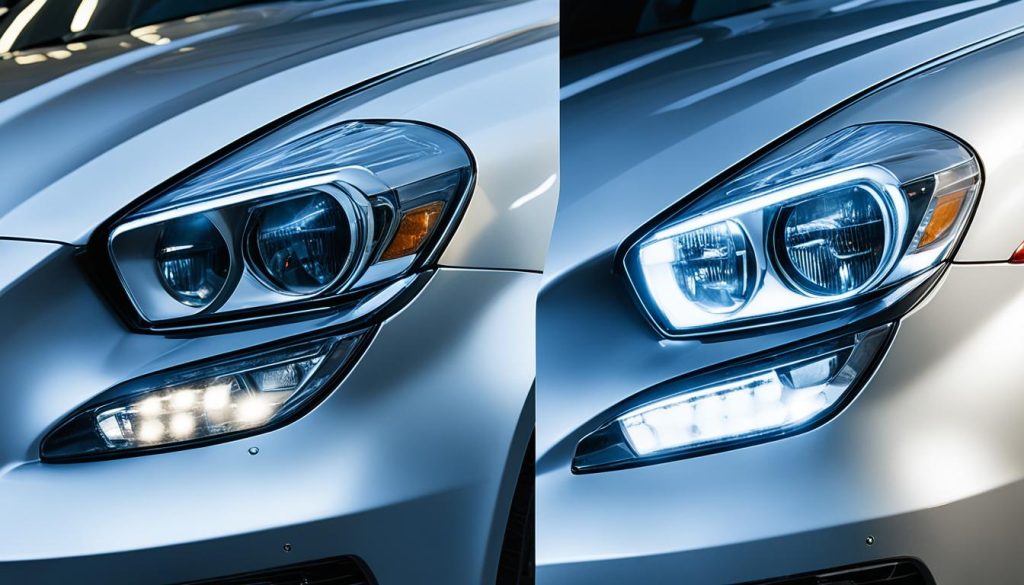
If your headlights have become severely damaged or discolored, consider exploring professional headlight restoration services. This cost-effective solution can help you maintain your car’s safety, visibility, and appearance, without the need for costly headlight replacements.
DIY Headlight Maintenance Techniques
Maintaining the clarity and proper alignment of your headlights is crucial for safe nighttime driving. Fortunately, there are several simple DIY techniques you can use to keep your headlights in top condition. Regular headlight maintenance not only enhances visibility but also helps extend the life of your vehicle’s lighting system.
Cleaning Headlights for Optimal Clarity
Over time, your headlight lenses can become cloudy, yellowed, or scratched, reducing their effectiveness. To restore the clarity of your headlights, you can use a gentle DIY headlight cleaning solution and a soft cloth. Avoid using abrasive materials that could further damage the lenses. With a few minutes of attention, you can transform your headlights and improve your nighttime driving experience.
Adjusting Headlight Aim for Proper Alignment
Proper headlight adjustment is crucial for ensuring your lights are aimed correctly and providing the necessary illumination without causing glare for other drivers. Regularly check your headlight maintenance and adjust the aim as needed, following the manufacturer’s recommendations. This simple step can make a significant difference in your visibility and the safety of you and others on the road.
- Use a gentle, non-abrasive cleaner and a soft cloth to clean your headlight lenses
- Check your headlight aim and adjust it as needed to ensure proper alignment
- Perform these DIY headlight maintenance tasks regularly to keep your vehicle’s lighting in optimal condition
By taking the time to perform these simple DIY headlight maintenance techniques, you can enjoy increased visibility, improved safety, and a longer lifespan for your vehicle’s headlights. Remember, well-maintained headlights are essential for confident and responsible nighttime driving.
Professional Headlight Repair and Upgrades
While many headlight maintenance and restoration tasks can be handled at home, sometimes more complex issues or desired upgrades are best left to the expertise of professional automotive technicians. For vehicles equipped with older sealed beam headlights, upgrading to modern lighting systems can significantly improve visibility and safety on the road.
Sealed Beam to Modern Headlight Conversion
Upgrading from sealed beam to modern headlight systems offers several advantages. These conversions often provide brighter illumination, enhanced beam patterns, and increased energy efficiency. Professional technicians can seamlessly integrate these headlight upgrades, ensuring a perfect fit and proper alignment for optimal performance.
Retrofitting Projector Headlight Housings
Another popular headlight enhancement is the retrofitting of projector headlight housings. Projector headlights offer a more focused and intense beam, delivering better nighttime driving performance. Professional headlight repair services can expertly install these projector headlight housings, tailoring the upgrade to your specific vehicle model for a clean, integrated look and superior lighting output.
Relying on the expertise of trained professionals ensures that any headlight conversion or projector headlight retrofit is performed correctly and to the highest standards, giving you peace of mind and improved driving visibility.
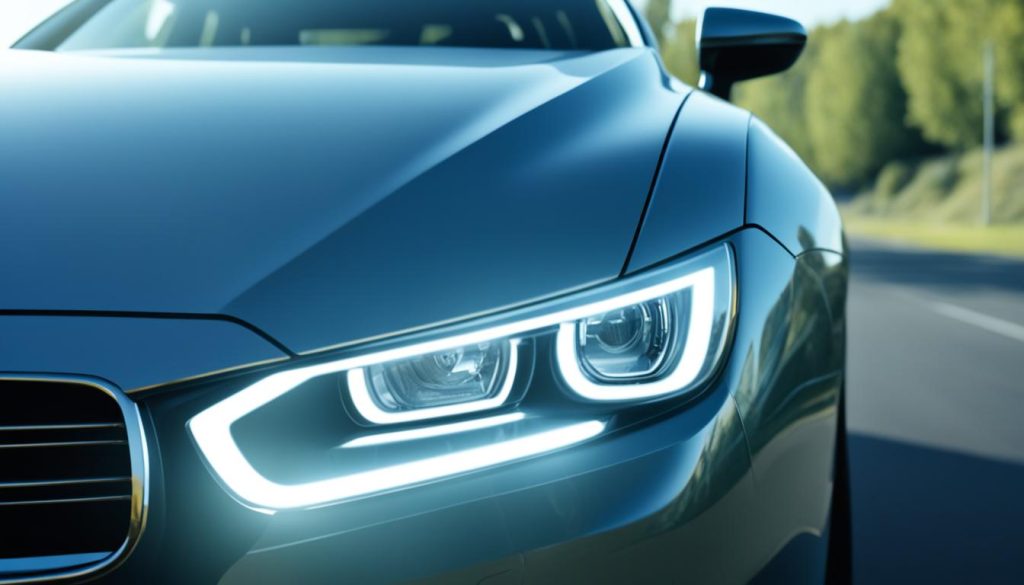
Headlight Restoration: A Step-by-Step Guide
Restoring cloudy, scratched, or discolored headlights can be a cost-effective solution to enhance the safety and appearance of your vehicle. The headlight restoration process involves a few key steps, from the necessary tools and materials to the actual restoration and protection of the lenses.
Tools and Materials Needed
To embark on the headlight restoration, you’ll need a few essential items, such as:
- Fine-grit sandpaper (ranging from 1000 to 3000 grit)
- Polishing compounds or a headlight restoration kit
- A clean, lint-free cloth
- A UV-resistant headlight lens sealant or clear coat
The Restoration Process
Begin by carefully sanding the headlight lenses to remove the damaged surface layers. Start with the coarser 1000-grit sandpaper and gradually work your way up to the finer 3000-grit to achieve a smooth, uniform finish. Wipe away any dust or debris between sanding steps.
Next, apply the polishing compound or use a headlight restoration kit to restore the clarity and shine of the lenses. Buff the lenses using a clean, lint-free cloth, following the manufacturer’s instructions for best results.
Applying UV-Resistant Sealant
To protect your newly restored headlights, apply a headlight lens sealant or clear coat. This UV-resistant layer helps prevent future deterioration and maintain the clarity of your headlights for an extended period. Follow the application instructions carefully to ensure a proper and long-lasting seal.
By taking the time to follow this step-by-step guide, you can achieve professional-grade results and enhance the overall appearance and safety of your vehicle.
Conclusion
Maintaining your vehicle’s headlights is a crucial aspect of responsible car ownership, directly impacting your safety and the safety of others on the road. By understanding the different types of headlights, addressing common issues, and implementing regular maintenance or restoration techniques, we can ensure our headlights are performing at their best throughout the life of our vehicles.
Whether tackling DIY projects or enlisting the help of professionals, investing in headlight care is a small but significant step towards safer, more confident nighttime driving. Well-maintained headlights not only improve visibility but also enhance the overall appearance and value of our cars.
Remember, the importance of headlight maintenance cannot be overstated. Take action now to restore clarity and illuminate the path ahead for a brighter, safer driving experience. With the right knowledge and care, we can ensure our headlights continue to serve their vital function, contributing to our overall safety on the roads.

